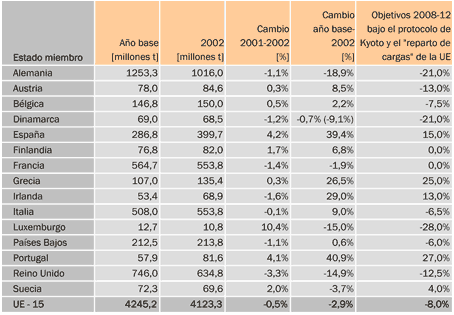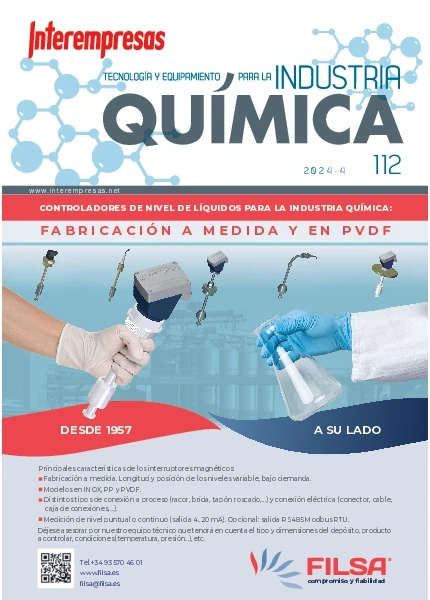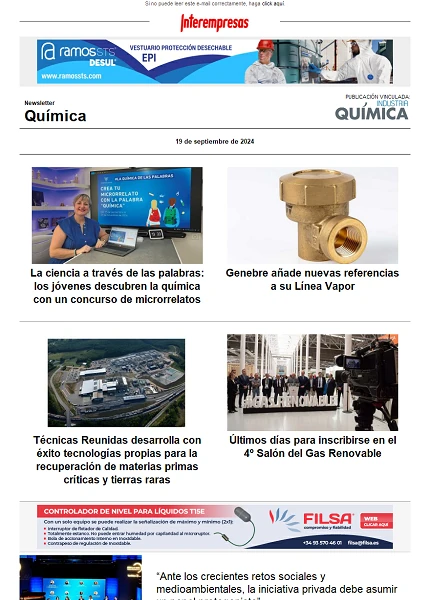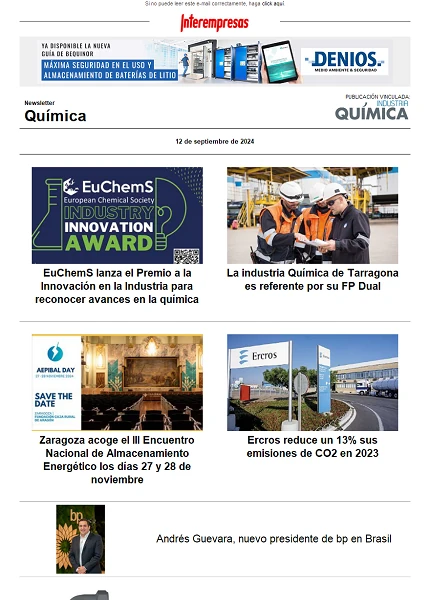Decrease greenhouse gas emissions in the European Union

Among the reasons for this decline is the hottest time observed in most of the countries of the EU, which has identified a minor use of carbon dioxide-producing fossil fuels used in the heating of homes and offices.
Other of the main reasons have been economic growth slowest in manufacturing industry, which has also reduced the consumption of fossil fuels, the trend towards less use of coal for the gas and the specific measures introduced to reduce emissions of greenhouse gases.
Emissions of six greenhouse gases have increased by 0.2 per cent and a 1.3 per cent in 2000 and 2001, respectively.
Decline in 2002 took the total emissions of the EU15 to be 2.9 per cent below their level in the base year taken as reference for the calculation, in most cases 1990. This represents an improvement over 2001, year in which the emissions were only 2.1 per cent lower than in the reference year.
However, the EU has still a long way to go to meet its commitment in the framework of the Kyoto Protocol on climate change place emissions in the period 2008-2012 by 8 percent below their level in the reference year.
Assuming a linear reduction of 8 per cent between the reference year and the period 2008-2012, emissions have decreased by 4.8 per cent in 2002.
According to these calculations, only four countries would meet the national goals agreed by all States members (before the accession of new countries in 2004) to ensure the fulfilment of the goal of Kyoto by the EU as a whole. These countries are France, Germany, Sweden and United Kingdom.
The other 11 States members (pre-2004) would not meet its objectives with regard to emissions, some by a substantial margin. This is true in the case of Spain, Portugal, Ireland, Austria, Italy, Denmark and Greece.
Spain faces a challenge greater than that of other countries to fulfil its objective. Emissions in 2002 were a 39.4 per cent above the level of the reference year - more than double the increase of 15 per cent permitted-, according to the agreement of the EU, between the level of the reference year and the period 2008-2012.
However, since 2002, had been adopted several initiatives at Community and national level to reduce greenhouse gases which could lead to an acceleration of progress towards the goal of Kyoto.
Among them is the Community trading scheme emissions which starts from the month of January, with a potential to lead to substantial cuts in emissions of carbon dioxide (CO2), the most important gas with greenhouse effect.
In addition, some Member States are beginning to take advantage of other options for reducing emissions in the framework of the Kyoto Protocol. These allow countries to achieve part of their objectives by investing in projects of emission reductions in other industrialized or developing, or undertaking projects of retention of CO2 in forests and agricultural land.
The Netherlands, for example, consider that they are on track to meet its target of cutting emissions by 6 per cent for the period 2008-2012 if one takes into account emissions cuts in overseas projects. In 2002, their actual emissions were 0.6 per cent above its level in the reference year.
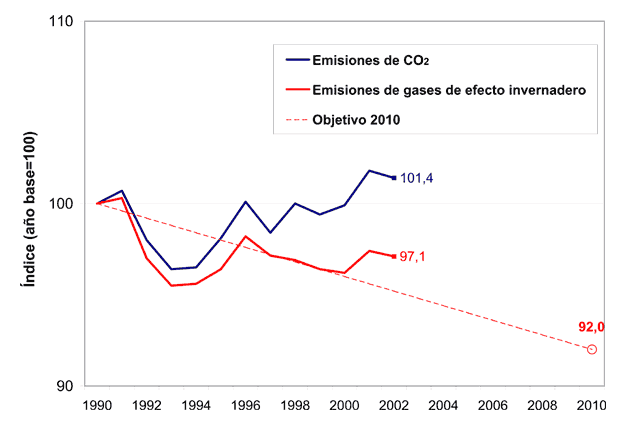
Emissions of greenhouse gases from the 10 countries that joined the EU on 1 may not count towards the goal of reduction of the EU. Under the Kyoto Protocol, most of these countries are to meet their own goals of reduction of the 6 or 8 percent, to meet for the period 2008-2012.
The total reduction of 0.5 per cent in emissions in the EU between 2001 and 2002 reflecting a decrease of emissions from households and service sector, mainly due to the warmest time, as well as from the manufacturing industryin particular the world of steel in Italy and the United Kingdom, the outcome of the economic slowdown.
The reduction was due also to the measures to reduce nitrous oxide emissions from the chemical industry in France and United Kingdom, as well as the measures of the majority of the States members to reduce the emission of methane from the landfill of waste.
However, increased emissions from the production of electricity and coal and, with the exception of Germany, of road haulage.
Throughout the year, emissions in Luxembourg, Spain and Portugal have increased by 10.4 percent, 4.2 per cent and 4.1 per cent respectively.
The increase in emissions in Luxembourg was due to the introduction of a new generation of heat and power plant. The increased use of fossil fuels in the generation of energy to compensate for the decrease in the production of energy hydroelectric, motivated by the lower flow of the rivers, was the main reason for the increases observed in Spain and Portugal.
On the positive side, the emissions in 2002 were reduced more than 1 per cent in Denmark, France, Germany, Ireland, the Netherlands and the United Kingdom. Germany and United Kingdom dominate the box of broadcasts of the EU15, representing around 40 per cent of total emissions.
In the EU15 CO2 emissions, which constitute more than 80 per cent of the total emissions of greenhouse gases in the EU, declined a 0.3 per cent between 2001 and 2002. However, these emissions were 1.4 per cent higher than in 1990, substantially because of the increase, since the beginning of the 1990s, of emissions from road transport.
The report detailing the latest data on emissions can be found on http://reports.eea.eu.int/technical_report_2004_2/en
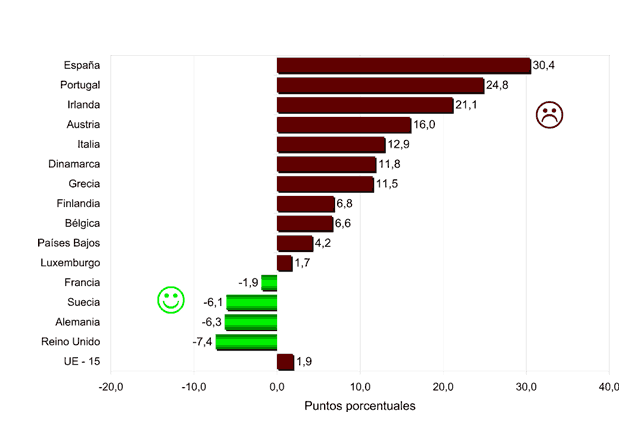
EEA
The Agency, which is an organ of the EU, is open to all countries that share its objectives. Currently, it is composed of 31 member countries: the 25 Member States of the EU, three candidate countries for accession to the EU (Bulgaria, Romania and Turkey) and Iceland, Liechtenstein and Norway. In addition, today has been the accession of Switzerland to the EEA Agreement.
